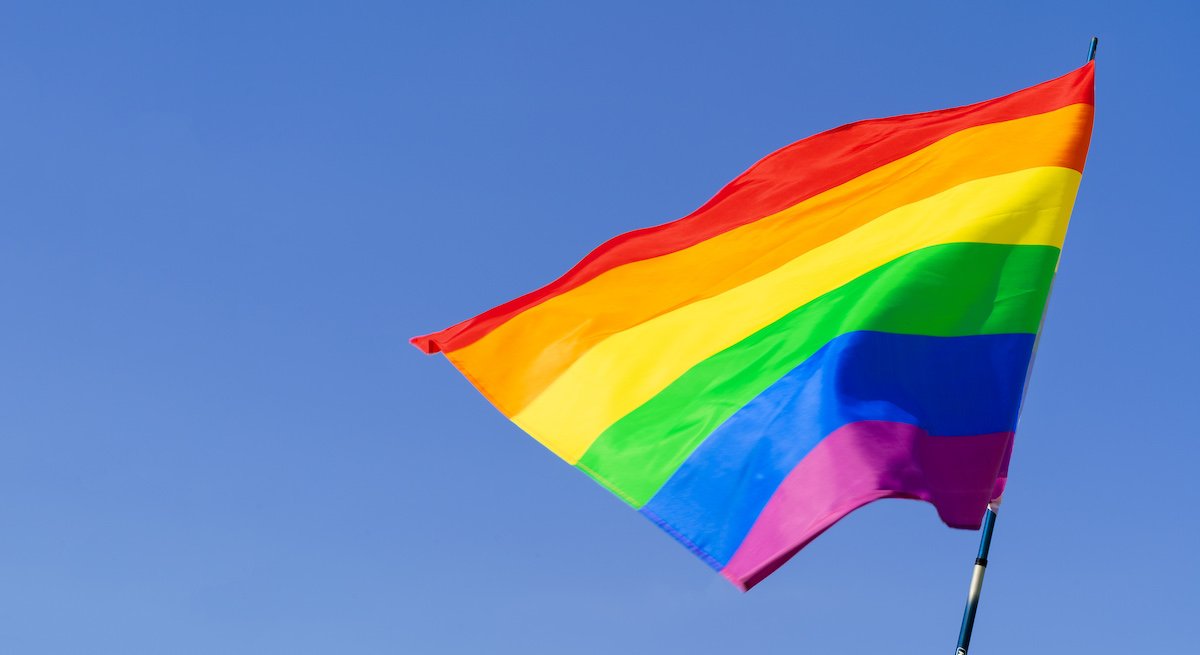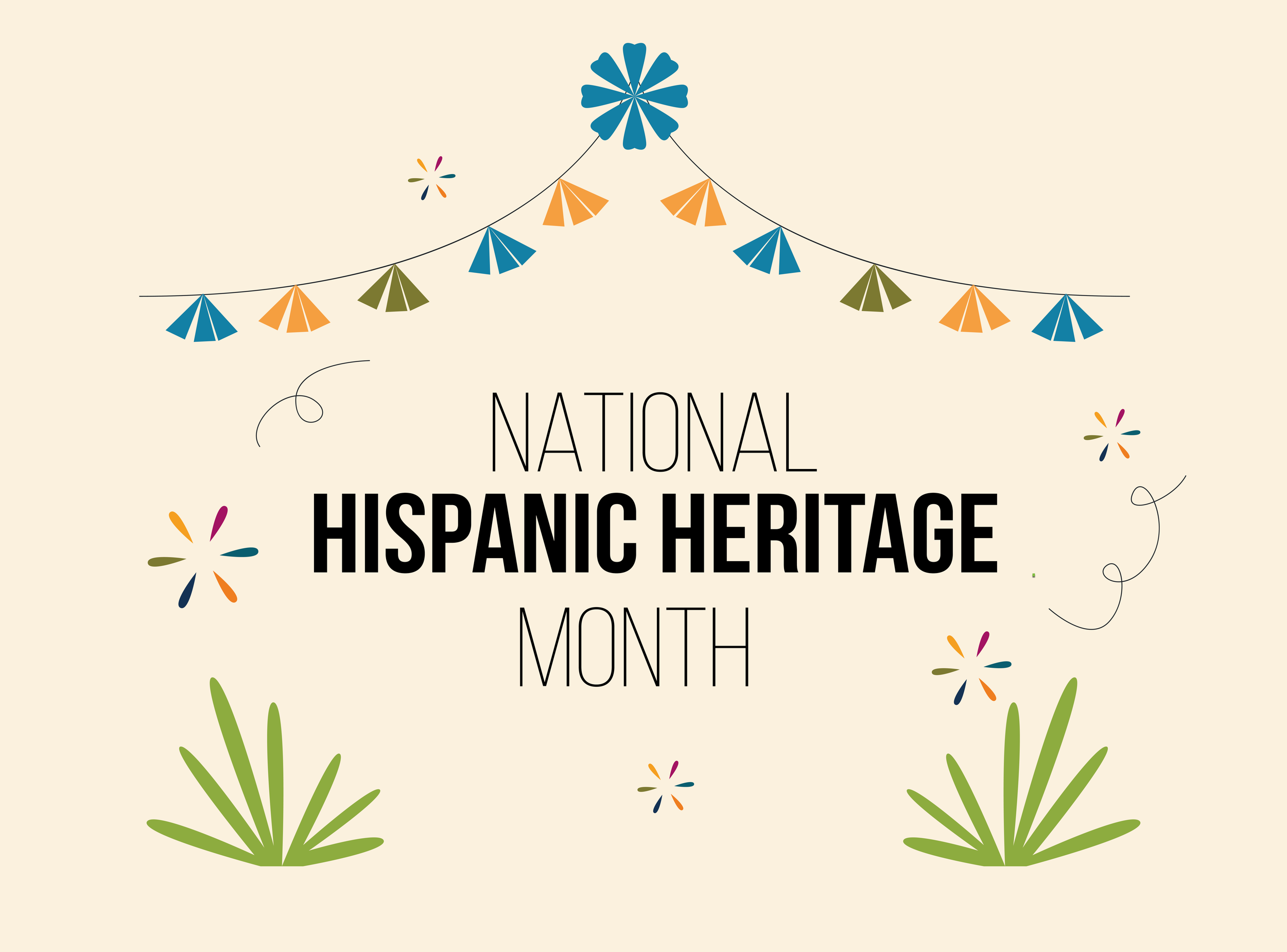Unconscious Bias in the Workplace 🌎
Languages: English, French, Spanish (North America)
Media Editing: The video module(s) in this subject are editable under our Content Studio offering unless otherwise indicated. For more information about Content Studio, contact your CSM.
Description: Whether we know it or not, our minds make judgments about people and situations all the time. Often, first impressions leave a lasting impression on what we think someone is capable of. There are many different kinds of these unconscious biases, and although they may be hard to identify, doing so can help create a diverse team of multi-talented people. In this subject, the most common forms of bias in the workplace are defined, and learners will be taught how to recognize them in themselves and how to make decisions more fairly.
Languages: English, French, Spanish (North America)
Media Editing: The video module(s) in this subject are editable under our Content Studio offering unless otherwise indicated. For more information about Content Studio, contact your CSM.
Description: Whether we know it or not, our minds make judgments about people and situations all the time. Often, first impressions leave a lasting impression on what we think someone is capable of. There are many different kinds of these unconscious biases, and although they may be hard to identify, doing so can help create a diverse team of multi-talented people. In this subject, the most common forms of bias in the workplace are defined, and learners will be taught how to recognize them in themselves and how to make decisions more fairly.
Languages: English, French, Spanish (North America)
Media Editing: The video module(s) in this subject are editable under our Content Studio offering unless otherwise indicated. For more information about Content Studio, contact your CSM.
Description: Whether we know it or not, our minds make judgments about people and situations all the time. Often, first impressions leave a lasting impression on what we think someone is capable of. There are many different kinds of these unconscious biases, and although they may be hard to identify, doing so can help create a diverse team of multi-talented people. In this subject, the most common forms of bias in the workplace are defined, and learners will be taught how to recognize them in themselves and how to make decisions more fairly.
Topics
Types of Unconscious Bias
-
Unconscious bias happens without us even knowing. It can guide our reactions and judgments in many different ways. Being able to stop and think about what might be affecting our decisions is valuable information. In this topic, learners are taught about different kinds of biases, including confirmation bias, the halo effect, beauty bias, and more.
-
Questions (level 1, 2, 3)
Video module
-
Translated content is typically AI-generated, and in some instances, it's been human-reviewed. Review the list below for translation details within this topic.
English
French
Questions = AI-translated
Video = AI-translated
Spanish
Questions = human-translated
Video = human-translated
-
Confirmation bias: searching for information or asking questions that will confirm existing beliefs and overlooking anything that contradicts them.
Halo effect: focusing only on a positive aspect of a person and using that to influence your decisions about them in all other areas.
Horn effect: one negative opinion of a person becomes your only opinion of them, using that to influence your opinions of them in all other areas.
Similarity attraction bias: surrounding yourself with people you think are like you and choosing to work with them, even if they are not skilled for a particular situation.
Affinity bias: drawing connections based on similarities (attending the same university, having the same hometown, or knowing the same people) and using it to influence your opinion on how skilled that person is.
Beauty bias: basing opinions heavily on someone’s looks and favoring attractive people to work with even though there’s no indication whether they can do the work well or not.
Conformity bias: agreeing with your peers based on the fear that they’ll reject you if you don’t.
Attribution bias: attributing your own successes to hard work and your failures to external factors, but the opposite for other people – they succeed because they’re lucky and they fail because of their behavior.
Identifying and Addressing Unconscious Bias
-
Knowing the definitions of biases are the beginning steps to avoiding them, but how do we recognize them in ourselves, and more importantly, how do we address them so that they don’t influence our judgment? In this topic, learners are taught how to make decisions that will include everyone, what an ‘in-group’ is, the negative effects unconscious bias can have in the workplace, and more.
-
Video module
-
Translated content is typically AI-generated, and in some instances, it's been human-reviewed. Review the list below for translation details within this topic.
English
French
Video = AI-translated
Spanish
Video = human-translated
-
Unconscious biases are attitudes that can influence decision making and often lead to the spread of wrong information.
Make an effort to give time and attention to everyone, not just those who think, look, or act like you.
Be aware of your biases and how they affect your decision making in the workplace. Awareness is the first step to removing it from your processes.
If you identify a negative bias you have, make an effort to learn more about the idea, individual, or group to help understand it and know why it makes you uncomfortable.
If you are making an important decision, ask for a variety of viewpoints and feedback to balance out any hidden biases you have.
If you work with people who are very different from you, try and learn about them to better understand any potential biases you have.
Your ‘in-group’ consists of people you favor, categorized based on who is similar to you. In-groups form unconscious biases as you associate them with positive stereotypes, classifying any others (out-groups) negatively.
Slow down your decision-making process. Make sure to take the time to think about why you’re making certain decisions to help acknowledge any unconscious bias.






